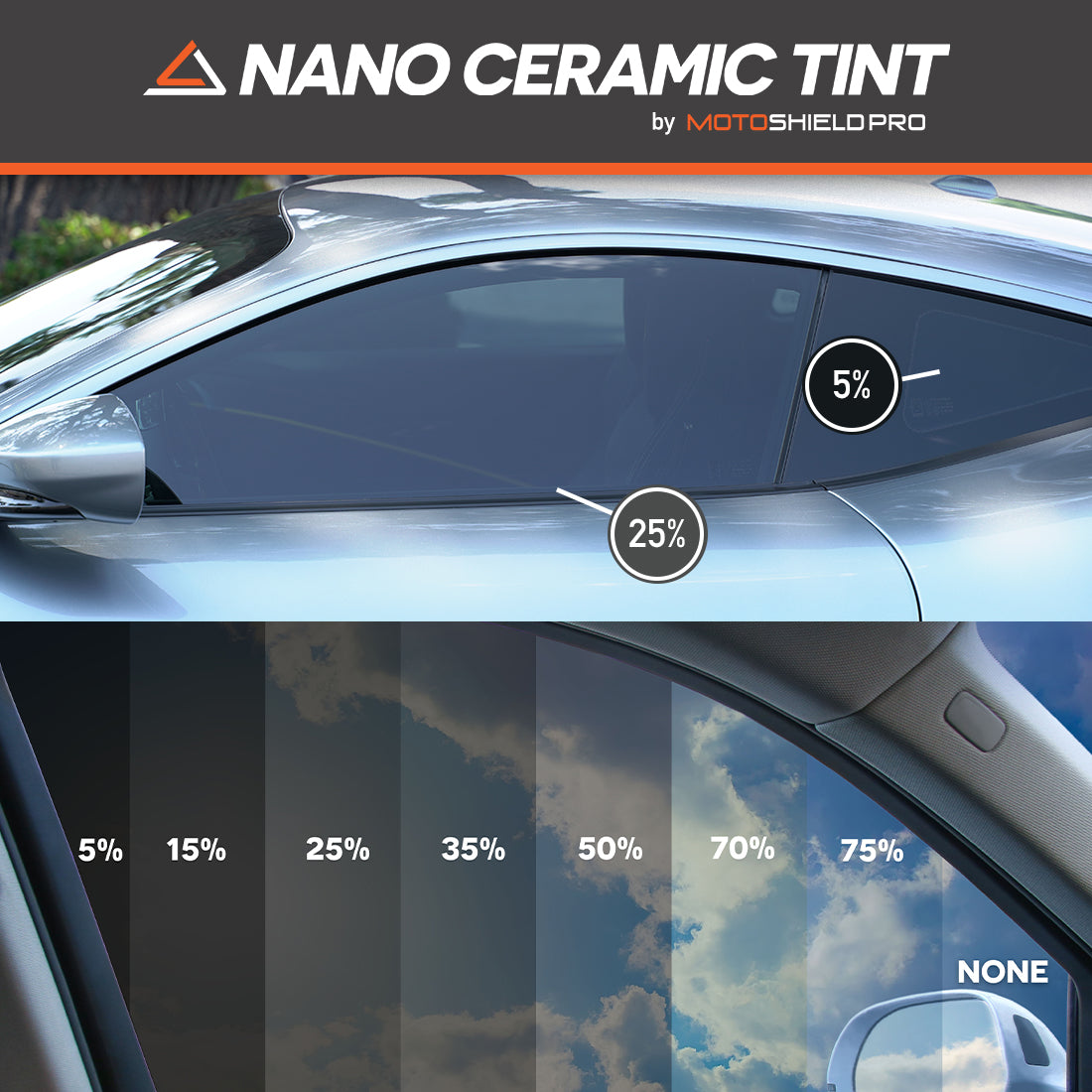Home Window Tinting Regulations and Guidelines: What You Need to Know Prior To Tinting Your Car
Before proceeding with window tinting for your automobile, it is necessary to familiarize on your own with the varied legislations and standards that control this technique throughout different states. These laws determine the permissible levels of tint darkness, often measured by noticeable light transmission (VLT) percents, and consist of details stipulations for front windshields intended at guaranteeing roadway safety.
Review of Window Tinting Laws
Home window tinting regulations are frequently subject to variation across various jurisdictions, reflecting regional guidelines and safety and security factors to consider. These legislations determine the permissible levels of color darkness and reflectiveness on vehicle windows, making certain that drivers keep ample exposure while additionally shielding versus hazardous UV rays and heat.
A lot of guidelines categorize home window tinting based upon the Visible Light Transmission (VLT) portion, which suggests the amount of light that can go through the home window. Typically, lower VLT percentages indicate darker colors. Legislations frequently separate between the front, side, and rear home windows, with stricter constraints put on the front windscreen to improve safety for both the chauffeur and various other road customers.
Additionally, some territories enforce limitations on the reflectivity of the color, protecting against excessive glow that might hinder visibility. Exemptions to these laws may exist for people with certain medical conditions calling for added sunlight protection. Compliance with window tinting policies is vital, as offenses can cause penalties, mandatory removal of the tint, and potential boosts in insurance policy premiums. Consequently, it is essential for automobile owners to acquaint themselves with local legislations prior to proceeding with window tinting installations.
State-by-State Color Regulations
Comprehending the specific window tinting regulations in each state is important for vehicle proprietors seeking to abide with the regulation. Each state in the united state has actually established its own collection of policies governing home window tinting, which can differ dramatically. These laws commonly dictate the permitted levels of color darkness, the sorts of home windows that can be tinted, and any medical exemptions that may use.
As an example, states like The golden state have rigorous restrictions on tint darkness for front windows, while others, such as New Mexico, may allow darker tints. In addition, specific states mandate specific exposure portions for various home windows, including the windscreen, front side home windows, and rear windows. It is vital for cars and truck proprietors to acquaint themselves with their state's regulations to stay clear of possible penalties or charges.
Additionally, some states may require a certification sticker label to be positioned on tinted home windows, showing compliance with state laws. Failing to abide by these policies not only risks lawful consequences but can likewise impact safety and security and exposure while driving. As a result, car owners must conduct detailed study or speak with regional authorities to make certain full understanding and compliance with state-by-state color laws.
Allowed Tint Degrees and Kinds
Several lorry proprietors may be shocked to discover that permitted color degrees and types differ extensively throughout various states. Each state has established its very own laws relating to the permitted darkness and reflectivity of home window tint, usually determined by Visible Light Transmission (VLT) percents. VLT describes the quantity of light that can travel through the tinted home windows; thus, a lower portion shows a darker color.

Additionally, the kinds of tint materials allowed can differ, with some states restricting metal or mirror-like coatings. It is necessary for automobile owners to acquaint themselves with their state's certain regulations to make sure conformity. Non-compliance can result in penalties, necessary elimination of the tint, or other lawful repercussions, making it vital to understand these guidelines prior to waging installment.
Medical Exemptions for Tinting
While not all states offer allowances for clinical exemptions regarding home window tinting, those that do acknowledge the requirement for certain people to improve visibility and convenience due to clinical conditions. Various medical problems, such as lupus, skin cancer, and specific eye disorders, can make individuals especially sensitive to sunshine. Subsequently, these individuals might require darker colors to secure themselves from more helpful hints harmful UV rays and glare.

It is crucial to note that despite a medical exemption, there might still be constraints on the degree of color permitted. Conformity with state legislations guarantees that individuals are both protected and within legal limitations. Those thinking about medical exceptions ought to call their neighborhood Division of Motor Autos or equivalent authority to understand the needs and procedures necessary to use for an exemption successfully.
Penalties for Non-Compliance
Falling short to abide by window tinting regulations can lead to substantial fines, which vary by state. Police are equipped to release citations for lorries that do not stick to the defined tinting policies. These penalties typically include penalties, which can range from moderate quantities to several hundred bucks, relying on the seriousness of the infraction and the state concerned.
In some jurisdictions, duplicated offenses might lead to rising penalties or additional fines, such as necessary court looks. Non-compliance might necessitate the removal of prohibited tinting, often at the proprietor's expense. In severe instances, regular transgressors might deal with suspension of their car registration till conformity is achieved.
Additionally, insurance coverage ramifications may arise from receiving numerous citations for home window tint violations. Insurance companies might see such infractions as an indication of riskier behavior, potentially resulting in enhanced premiums or problem in protection.
To prevent these charges, it is essential for vehicle owners to acquaint themselves with their local home window tinting legislations and make sure that their automobile complies (Window Tinting). This positive approach not just prevents lawful implications but also advertises road safety and security
Final Thought

A lot of regulations identify window tinting based on the Visible Light Transmission (VLT) percent, which indicates the amount of light that can pass with the home window. Conformity with home window tinting regulations is crucial, as violations can result in fines, obligatory removal of the color, and possible increases in insurance coverage costs.Understanding the specific window tinting policies in each state is important for vehicle owners seeking to comply with the regulation. These regulations usually determine the permitted degrees of tint darkness, the types of home windows that can be tinted, and any kind of clinical exceptions that may apply.
For circumstances, states like The golden state have strict limitations on her latest blog tint darkness for over here front windows, while others, such as New Mexico, might permit darker colors.